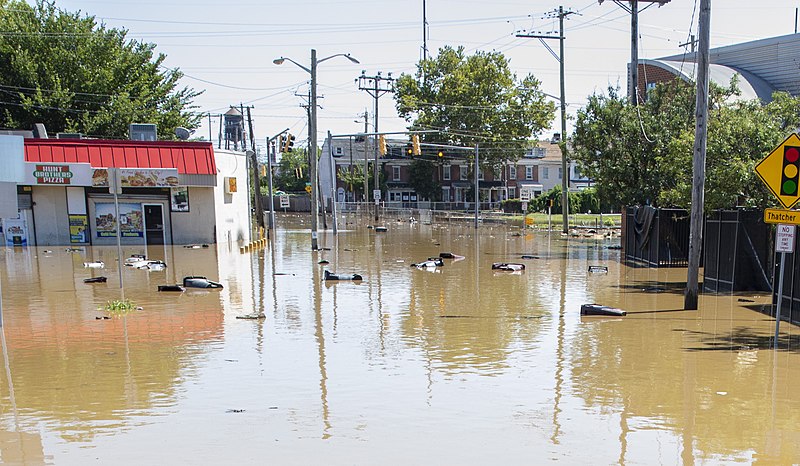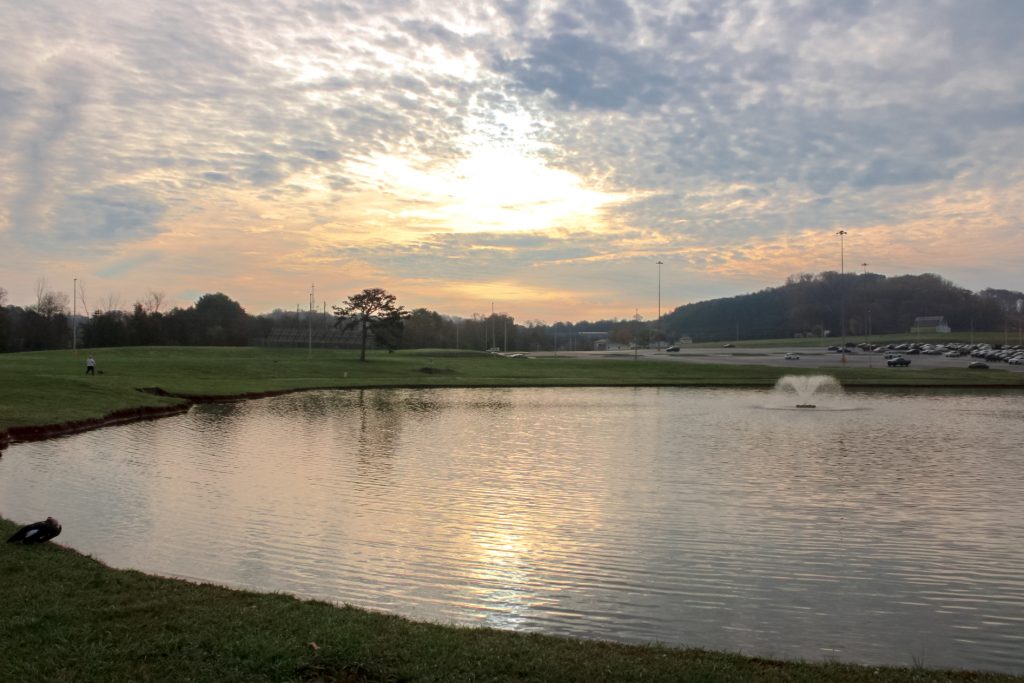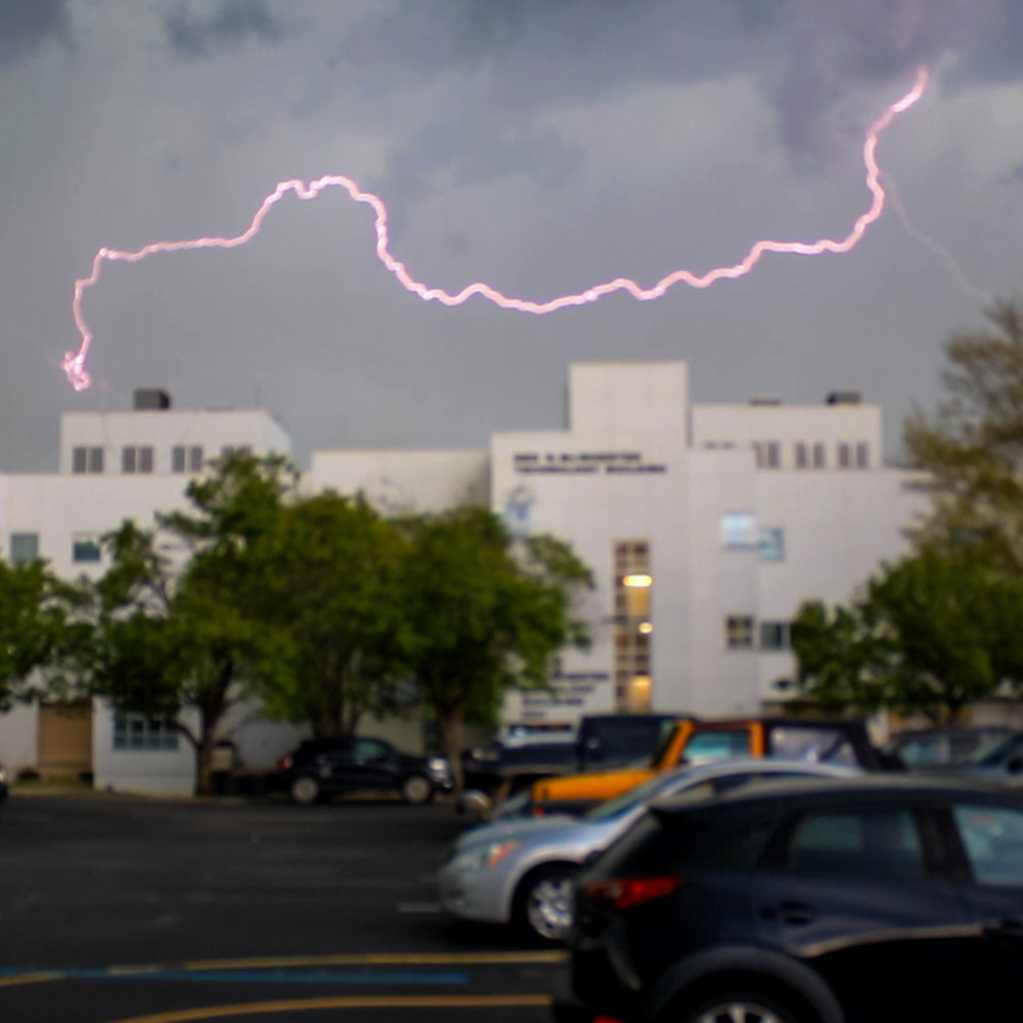Engineering students study water filtration
By Koy Pena Barraca
In the wake of the devastating landfall of Hurricane Helene in East Tennessee and Western North Carolina last fall, the struggle to maintain clean water has been highlighted, particularly in areas where destruction and displacement have impacted water purity. As people in communities impacted by storms such as Helene have discovered, one of the most pressing questions that must be answered after a storm recedes is what can be done when the existing water filtration system isn’t functioning properly.

Pellissippi State Community College’s Fundamentals of Engineering II class attempted to answer that question last semester by conducting a lab that was wildly different from what one might expect from an engineering curriculum. Instead of trebuchets and cyclotrons, students made water filters. Using only household items such as rocks, gravel, and standard mesh, they kept the cost to a minimum, as the goal was to create a successful filter that anyone could put together in a pinch.
Professor Cristina Carbajo, the program coordinator for the Water Quality Technology at Pellissippi State, helped define the values by which the students measured their success: turbidity and total dissolved solids (TDS). She explained that turbidity is the value of the clarity of the water, while dissolved solid count is just that: the amount of total dissolved solids (TDS).
The filters made by the class actually succeeded in keeping the levels of each value within the range of safe consumption. According to the Safe Drinking Water Foundation, water that has a TDS concentration of 600-900 milligrams per liter is considered fair in quality by a World Health Organization (WHO) rating, while water with a TDS concentration of 300-600 milligrams per liter is considered good. Concentrations less than 300 milligrams per liter are deemed excellent, although the SDWF says that “a very low concentration of TDS has been found to give water a flat taste, which is undesirable to many people.”
In Carbajo’s lab, some groups have lowered the TDS to under 200 parts per million with a correspondingly low turbidity. However, the work isn’t completely finished; despite the hard work put into the filters, the resulting filtered water still did not fall within government standards for safe drinking water.
Although TDS and turbidity are good indicators of basic water purification, they do not cover the filtration of harmful pathogens such as dysentery, the scorn of any Oregon Trail playthrough. Given the fact that the water used in the experiment came from the Pellissippi State pond, which is home to numerous species of waterfowl, the filtered water was still contaminated with bacteria.

Carbajo explained how these results exemplify the difficulty that comes in the business of water purification. Another problem in the water industry is the shortage of water quality workers.
“Over 50% of the current workforce is set to retire from the water industry in the next five years, leaving a critical shortage of qualified operators to treat our drinking and wastewater,” Carbajo says.
With a field such as water quality, Carbajo says it’s important that people understand the need for qualified workers who make sure we can trust the water that comes from our tap. As water scarcity becomes an increasing concern in areas affected by natural disasters worldwide, the next generation of engineers should be learning about water quality early in their careers.
Carbajo stresses that using projects such as this water filter lab in engineering classes ensures that students are ready to join the workforce, with an eye on making changes that can impact the local community.
Projects such as the ones undertaken in Carbajo’s course illustrate how despite disasters such as Hurricane Helene, there is hope.






